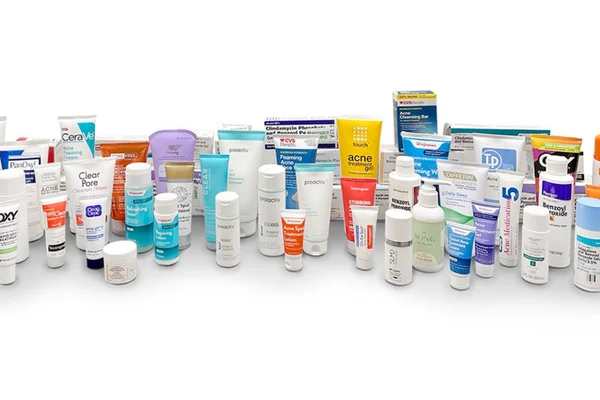A recent report raised concern about high levels of Cancer-causing Benzene found in popular treatment brands.
Key Findings of the Report:
- A laboratory tested around 66 acne treatment products that contain benzoyl peroxides like bars, liquids, creams, lotions, washes, and gels.
- It found that popular brands produce benzene at hundreds of times the conditional FDA (United States Food and Drug Administration) limit.
- Several products such as dry shampoos, hand sanitizers, and sunscreens have been recalled for having excess levels of the chemical, posing a health risk to consumers.
- In some products, the benzene air was 1,270 times higher than the EPA (Environmental Protection Agency) threshold.
What is benzene?
- It is a colourless liquid with a sweet odour, and evaporates into the air very quickly.
- It dissolves slightly in water, is highly flammable, and can be smelled in the air at about 60 parts of benzene per million parts of air (ppm).
- Benzene comes from both industrial and natural sources, but was first discovered and isolated from coal tar in the 1800s.
- It is used in making other chemicals like styrene, cumene, and cyclohexane.
- Benzene is used for industrial products including dyes, detergents, and plastics.
How does benzene affect health?
- It is also released into the air through cigarette smoke and emissions from automobiles as well as burning coal and oil.
- Its brief exposure of about 5–10 minutes can result in death.
- Lower levels cause drowsiness, dizziness, rapid heart rate, headaches, tremors, confusion, and unconsciousness.
- Long-term exposure to benzene can cause cancer of the blood-forming organs, known as leukemia, particularly acute myeloid leukemia or AML.
- It can be extremely harmful to the reproductive organs, causing irregular menstrual periods and infertility.
- Studies on pregnant animals show that it induces low birth weight, delayed bone formation, and bone marrow damage in the fetus.
Ref:Source
| UPSC IAS Preparation Resources | |
| Current Affairs Analysis | Topperspedia |
| GS Shots | Simply Explained |
| Daily Flash Cards | Daily Quiz |



